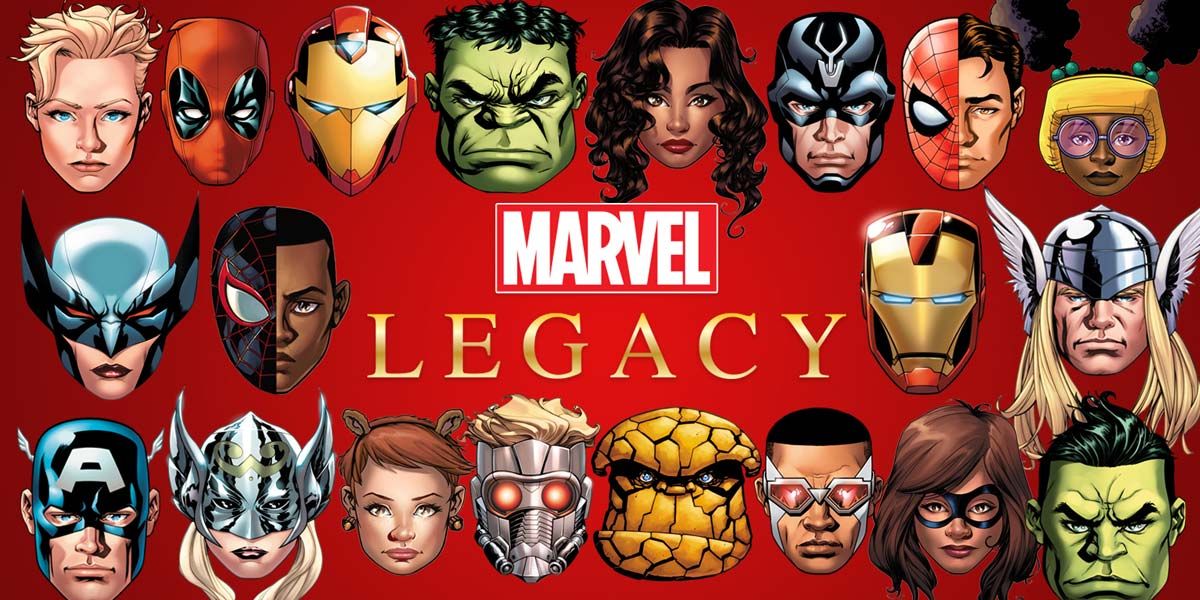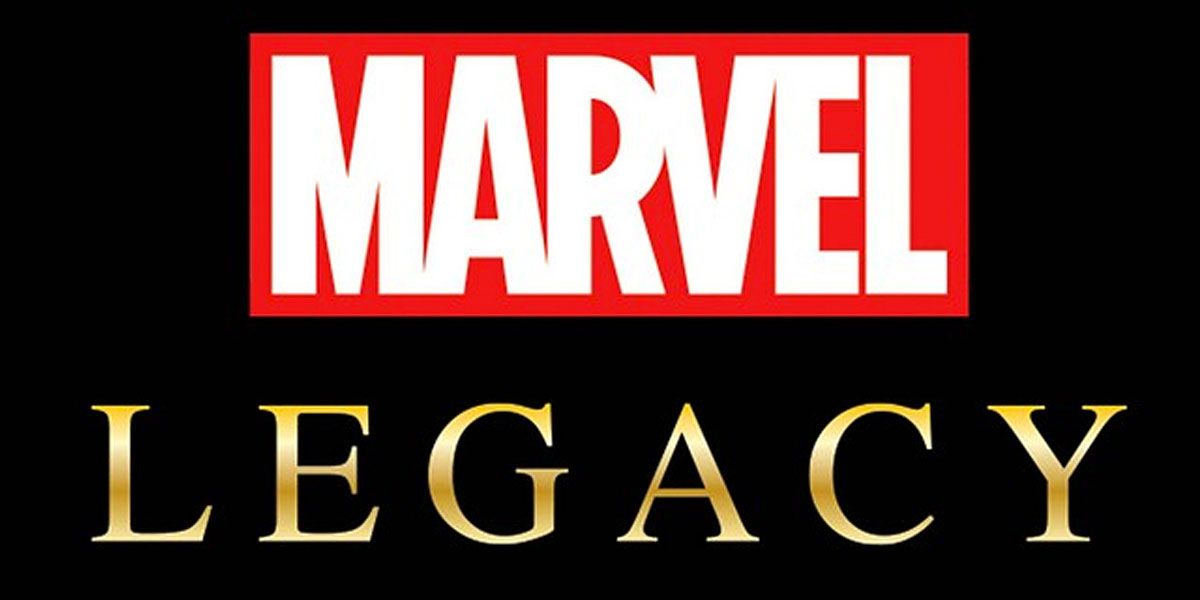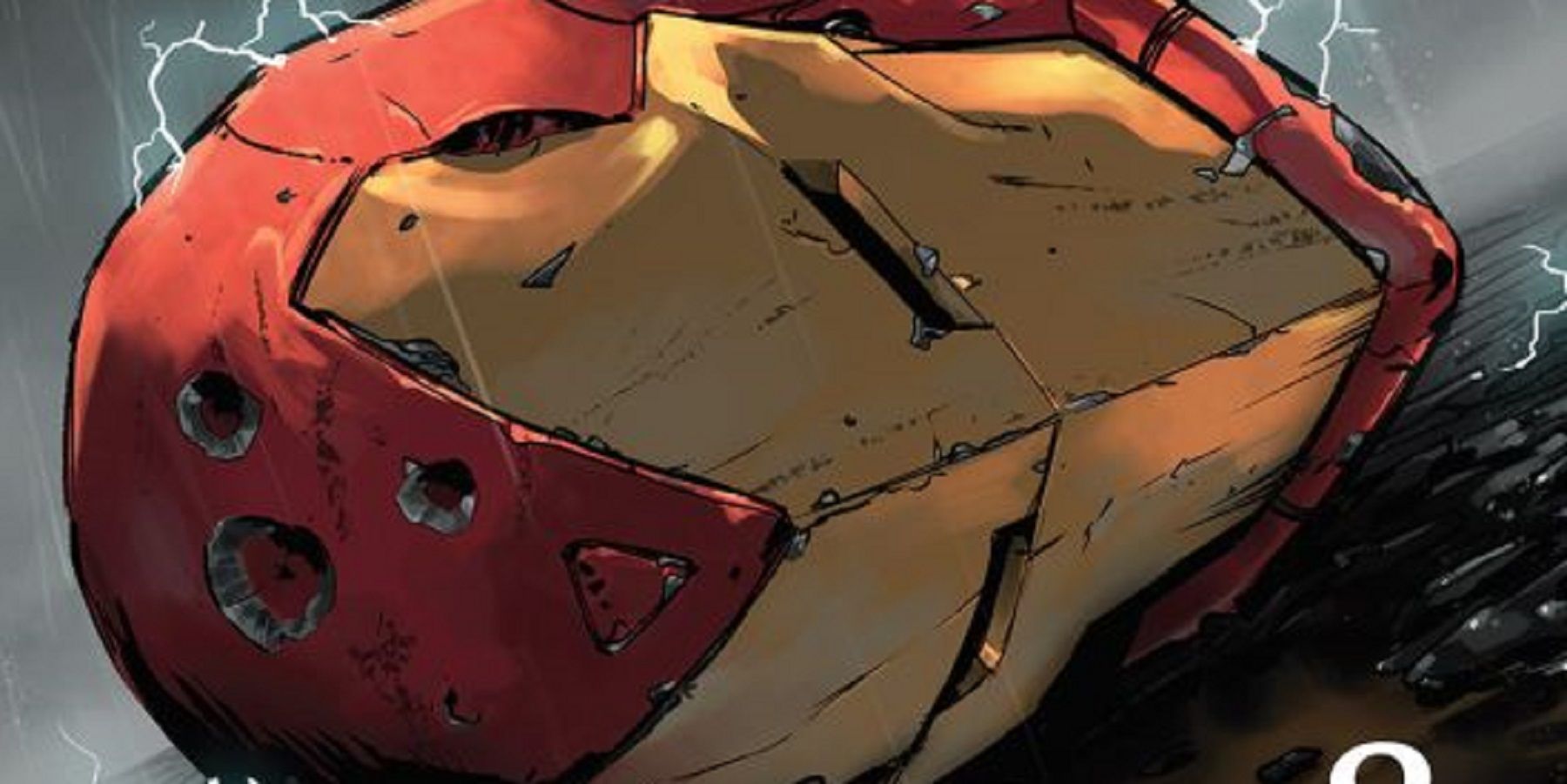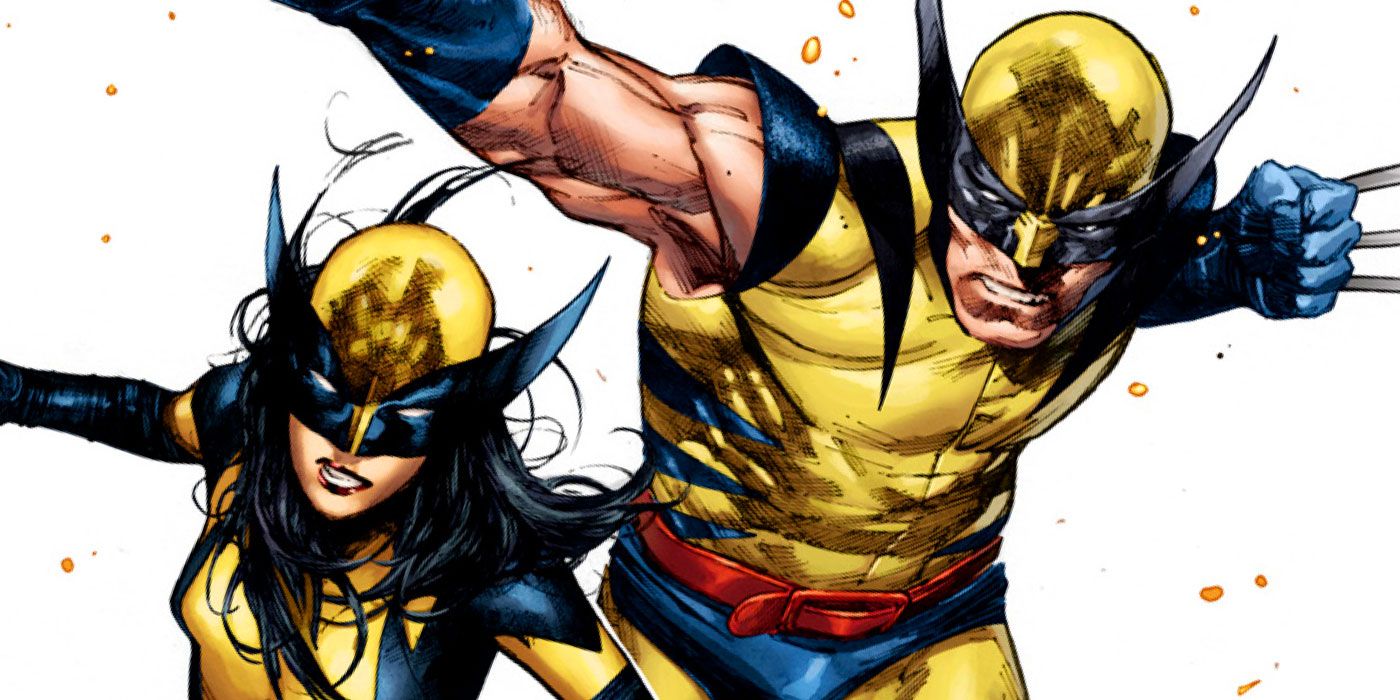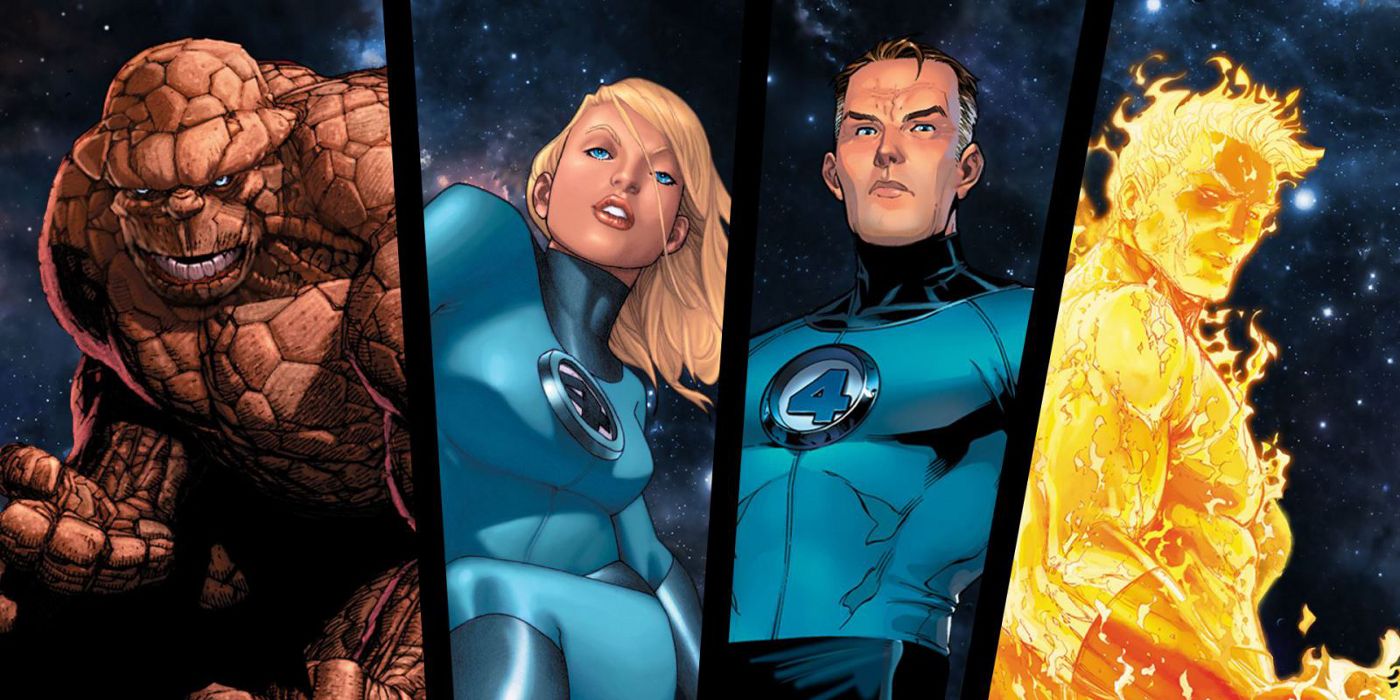Tell me if you’ve heard this one before: Marvel has announced a new initiative for the end of the year that will change the landscape of the Marvel Universe for years to come. Over the last several years, Marvel has found a winning formula by relaunching multiple titles with a shiny “#1” and cover branding along the lines of “Marvel NOW!” and “All-New, All-Different Marvel” after a blockbuster event to attract readers and boost sales numbers. But after going to the relaunch well one too many times, some fans have begun to grow weary of the constant promise of Earth-shattering changes and new volumes of existing franchises.
RELATED: Marvel Legacy Doesn't Hinge on Major Character Death
There may be a glimmer of hope on the horizon with Marvel’s newly-announced initiative: Marvel Legacy. While it will come on the heels of the summer event series Secret Empire, the foundation will begin in the 10-issue maxi-series Generations, where classic versions of heroes will team up with their current counterparts. Even though Legacy is months away, the initial details point to Marvel recognizing many fan complaints and looking to appeal to lapsed and current readers.
Marvel Rebirth?
At first glance, Marvel’s newest approach seems to borrow from DC Comics' Rebirth playbook. In 2011, DC made the bold decision to wipe out its existing continuity, rebooting its entire publishing line under the New 52 banner. The initiative was a rousing success for the publisher at first, propelling it to the top of the sales charts. Over time, however, readers complained of radical and minuscule changes made to their favorite heroes, and confusion over the new timeline.
Almost a year ago, DC announced a new initiative; Rebirth arrived with a bang, and the stated intent of returning DC’s characters to their core concepts, in effect undoing or lessening a number of major changes brought about with the New 52 reboot. The end goal was simple: reintroduce the feeling of hope that was lost when the New 52 began. Thus far, the reception to Rebirth has been overwhelmingly positive. Sales are trending upward, as old and new readers have applauded Rebirth's overall storytelling. Obviously, Marvel isn’t going to outright admit to following Rebirth’s lead by making sweeping changes of its own, but reading quotes from Marvel executives saying they are looking to "embrace our roots" with Legacy, well, let's just say I'm pretty sure they're aware of how well Rebirth is working out.
Bye-Bye Event Fatigue
Over the last several years, Marvel has made a habit of crafting its storylines to culminate in a summer blockbuster event. These arcs typically consist of various one-shots and tie-in issues that allow creators to connect to the event at a variety of levels, from minimal to full-on in the thick of things. Some of these stories have been embraced by fans, while others leave a bad taste in readers’ mouths when the stories drag on. When the latter happens, the phrase “event fatigue” is often brought up. For those who aren’t aware of the term, event fatigue happens when a publisher doesn’t allow an event to breathe before the next one is promoted. Essentially, when something happens over and over and over again, it diminishes the qualities that made it special in the first place.
At least for now, Marvel is going to take an 18-month break from events once Secret Empire concludes this summer, which places Marvel Legacy firmly in that timeframe. I’m going to assume that smaller, more contained events across a family of titles will still take place, but readers won’t have to worry about another line-wide story until 2019 at the earliest, which should help alleviate fans' "event fatigue" somewhat.
RELATED: Axel Alonso Teases Marvel Legacy Will Break the Internet
A Return To Original Numbering
In addition to its yearly events, another marketing tactic Marvel has implemented to some success is using each brand initiative as an excuse to relaunch titles. The belief is a comic with a lower number on its cover is more attractive to a new reader walking into a comic book store, while a higher number is intimidating due to the implied need to wade through years of continuity and back issues in order to understand what's happening.
After years of reboot after reboot, however, a shiny new #1 on a cover is no longer a guarantee for high sales figures. Not only has it become a "jumping off" opportunity for longtime readers who may have become somewhat disillusioned with the current storylines, it can be confusing to keep track of the different volumes of series starring, and often named after the same character or characters. It will be a relief to many readers, then, to learn that part of Marvel Legacy involves the resumption of original numbering for a selection of titles that will be marked with a special trade dress and cover treatment. How long Marvel plans to stick to this renumbering strategy remains to be seen, of course, but if fan response and sales are good, it will most likely stick.
Classic Heroes Return, Newer, More Diverse Heroes Remain
A contentious topic among Marvel fans is the increased prominence of newer versions of superheroes, oftentimes outright replacing original titleholders. Heroes like Ms. Marvel, All-New Wolverine Laura Kinney, Sam Wilson Captain America, and Miles Morales Spider-Man have received much attention from the general public, which has led in some cases to them taking the place of older heroes in ongoing monthly series. While those moves helped to attract new readers into the fold, sales eventually began to falter, according to David Gabriel, Marvel’s senior vice president of sales and marketing. While Gabriel placed some of the blame on the sheer volume of comics being released, he also pointed to changing tastes, saying, “What we heard [from retailers] was that people didn’t want any more diversity. They didn’t want female characters out there. That’s what we heard, whether we believe that or not. I don’t know that that’s really true, but that’s what we saw in sales.” These statements drew a lot of criticism, leading Gabriel to clarify his remarks, but the damage was done ad many readers jumped to the conclusion that Marvel's fresh new faces would be replaced by the old guard, especially with many of the publisher's original issue heroes apparently returning in Generations.
There was a belief that once the iconic originals returned, the new additions to the Marvel Universe would be sent to the sidelines and relegated to supporting roles. Now, however, we know there are plans for old and new characters to coexist side-by-side in the Generations one-shots. Hopefully, Marvel won't limit the team-ups to the one-shots and plans to extend them on into Legacy. This would make sense from a business standpoint, of course; why limit yourself to a smaller number of heroes when you can appeal to as many fans as possible? The Marvel Universe is big enough for multiple heroes, be they Spider-Men, Captain Marvels or Wolverines.
Return Of Beloved Marvel Mainstay
Marvel is going all-in with the return of original numbering and classic superheroes, all while hitting the pause button on event storytelling, so what other tricks can the company pull to really satisfy its fans? How about billing the return of a “beloved Marvel mainstay?” Those words were a part of the Marvel Legacy marketing at C2E2, and appear to be the extension of yet another olive branch to any Marvel doubters.
If Marvel Legacy is intended to return hope, heroism and heart to the company's publishing line, then a promise of a fan-favorite element returning is sure to raise the curiosity level of most any reader currently on the fence. The question is, exactly who (or what) will be making a return? While fellow CBR writer Christos Tsirbas recently posited Captain Marvel/Mar-Vell as the hero most likely to "break the Internet," in my mind, only one long-standing franchise fits the description as a mainstay: the Fantastic Four. Much was made about the team's comic coming to an end after Secret Wars, but there hasn’t been much of an outcry regarding their non-existence on comic store shelves as I assumed there would be. Sure, the Human Torch and Thing were found in the pages of Uncanny Avengers and Guardians of the Galaxy, but Mister Fantastic and the Invisible Woman have been gone for over a year.
RELATED: Marvel Returns To Classic Heroes With Marvel Legacy
“Marvel Legacy,” with its emphasis on re-establishing a golden era for Marvel Comics, would be the perfect time for “The World’s Greatest Comic Magazine” to make its reintroduction. After all, what franchise screams "Legacy" more than Marvel's First Family?

